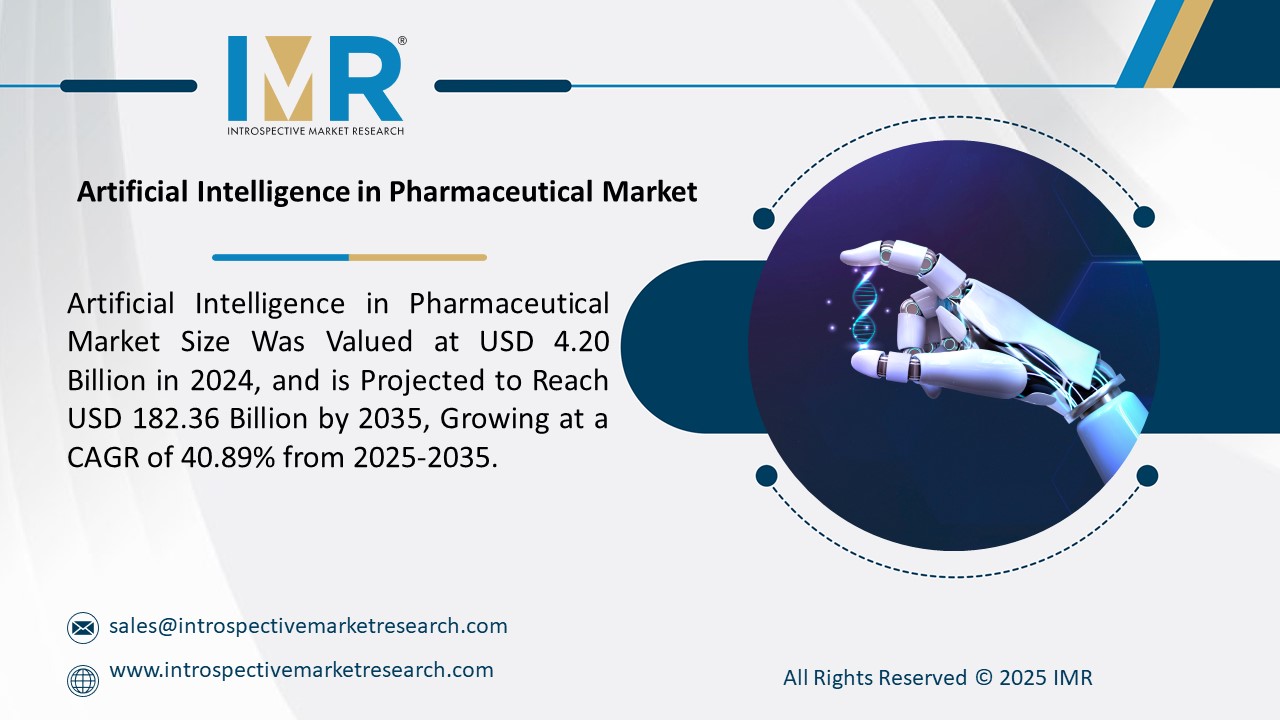
Non-Protein Nitrogen In Feed market size was valued at $1.15 billion in 2023, and is projected to reach $1.53 billion by 2030, registering a CAGR of 4.2% from 2023 to 2030.
Non-protein nitrogen (NPN) substances are those that supply nitrogen in a form other than protein. In the animal's stomach, non-protein nitrogen, an inactive protein form, changes into an active protein form. Recently, non-protein nitrogen (NPN), a less costly form of protein, has been utilized as feed for animals. These are non-protein components that are useless to humans, but the microbiota found in animals' digestive tracts aids in the conversion of these non-protein components into protein so that they can be absorbed. In the development, adaptation of metabolism, and synthesis of hormones and DNA in the animal body, proteins are crucial. They are also necessary to replenish animal cells that have been harmed or killed. NPN is utilized to artificially raise crude protein levels. The amount of nitrogen present in protein is used to calculate the value of crude protein. Only true proteins are digested and subsequently absorbed by animals; crude proteins contain both true proteins and other nitrogenous compounds. Other animals' digestive systems are not made to break down NPN.
The non-protein nitrogen market is expected to grow at a faster rate during the projected period because to the expanding dairy industry and rising demand for meat and eggs. When compared to proteins obtained from plants and animals, non-protein animal feed is more cost-effective, which helps farmers by reducing the expense of buying premium protein brands for animal feed. The capacity of microorganisms found in ruminant stomachs to transform non-protein into protein is remarkable. The animals use this transformed protein to make milk and meat, which encourages the use of non-protein nitrogen (NPN) in animal feed. The primary commercial source of nitrogen that isn't protein in the diet of ruminants is urea. The expensive cost of plant-derived proteins, like soybean meal, encourages ruminant diets to supplement with urea.
Market participants will have chances due to the rising demand for dairy products and milk derivatives, processed meat that is ready to eat, and animal feed that is enhanced with nutrition. Furthermore, NPN such as urea, biuret, and chicken manure lack nutrients; therefore, by supplementing them with other nutrients, they become rich in nutrients and can be fed to animals. Due to the economic benefits of NPN feed, demand for the product has increased to an unprecedented degree, forcing industry participants to raise NPN feed output. The most widely utilized NPN source is urea since it is inexpensive and readily obtainable for ingestion. Due to urea's benefits as an NPN source, industry participants have spent money on research and development to lessen urea's toxicity and slow down its rate of breakdown. An important opportunity is to provide packages that are simple to mix and feed to animals. This helps prevent mistakes in figuring out how much urea to add in proportionately with water or other supplements.
Global Non-Protein Nitrogen In Feed Market, Segmentation
The Non-Protein Nitrogen In Feed market is segmented based on Source, Form, Livestock, and region.
Source:
The growing number of animals on the planet and the need for them to receive enough nutrition The market for non-protein nitrogen feed will grow during the projected period. The most popular source of NPN is urea due to its accessibility and inexpensive cost. Furthermore, urea offers additional nutrients that are essential for animal growth and cannot be obtained from other non-protein nitrogen sources. In rumen, urea dissolves quickly, giving microorganisms the ammonia, they need to produce amino acids.
Livestock:
NPN is used extensively to feed animals since it improves the performance of cattle and buffaloes and boosts their milk supply. Consequently, during the projection period, there would be a higher demand for this segment due to the high protein shortage in cows caused by low-quality fodder. The only non-ruminant animals that receive NPN as feed are swine.
Region:
High population of sheep, cattle, and buffaloes, the Asia Pacific area is predicted to dominate the market due to its high consumption of non-protein nitrogen feed. economies like China and India consume the most milk and beef. During the projected period, the Asia Pacific market will rise at a rapid pace due to the increasing need for non-protein nitrogen in feed.
Some of The Leading/Active Market Players Are-
- Alltech (US)
- Yara International (Norway)
- The Potash Corporation of Saskatchewan (Canada)
- KAYDEEFEED (US)
- Kemin Industries Inc (US)
- Molatek (South Africa)
- Land O'Lakes Inc (US)
- Cargill Incorporated (US)
- Tyson Foods Inc (US)
- ADM Animal Nutrition (US) and Other Active Players
Key Industry Developments
- In February 2021, Alltech published its new ruminant meat analysis regarding Optigen, a non-protein nitrogen ingredient. The results were promising as Optigen can replace vegetable protein sources and can empower dairy and beef manufacturers to concomitantly improve animal performance, eliminate their carbon footprint and increase profitability.
Key Findings of the Study
- The global Non-Protein Nitrogen Feed market is expected to grow by the expanding dairy industry and increased demand for meat and eggs.
- Urea remains the most popular source of NPN due to its accessibility and cost-effectiveness, with significant investments in research to mitigate its toxicity and improve breakdown rates.
- Demand for NPN feed is particularly high in regions like Asia Pacific, driven by the need to supplement animal nutrition in countries with large populations of sheep, cattle, and buffaloes, such as China and India.
- The livestock segment, especially cattle and buffaloes, benefits from NPN supplementation, enhancing performance and milk production, while swine are the only non-ruminant animals typically receiving NPN feed.





